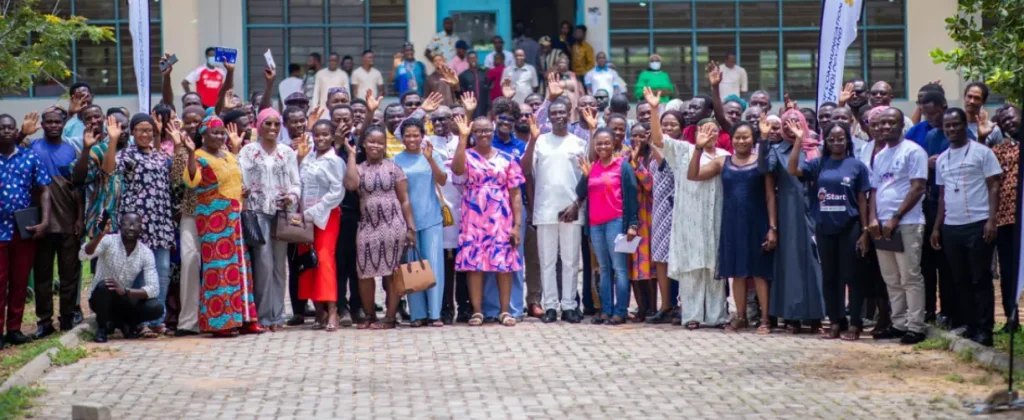The U.S. venture capital landscape is becoming increasingly concentrated, with the number of active VC firms shrinking from 8,315 in 2021 to 6,175 in 2024. This consolidation is making it even more difficult for underrepresented founders, especially women-led startups, to obtain funding. Despite evidence that female-founded companies have lower failure rates and deliver higher returns, those with all-female founding teams continue to receive less than 2% of total VC investment. A key factor behind this is implicit bias and pattern-based investing, where VCs tend to favor founders who resemble previous successful entrepreneurs, most of whom have been male. Larger firms are especially prone to backing familiar networks and low-risk opportunities, creating further barriers for diverse entrepreneurs trying to enter the space.
Compounding these issues are economic headwinds such as rising inflation and market uncertainty, which have pushed many firms toward bridge rounds and insider-led deals. These funding methods tend to benefit founders with existing connections, leaving those without strong networks, often women and minority entrepreneurs, at a significant disadvantage.
Exploring Alternative Capital
As operational expenses climb, startups require more funding, but with fewer VCs writing checks and many shifting their focus to capital-heavy industries like AI and biotech, there’s a growing lack of support for innovation in areas like healthcare, consumer products, and sustainability, which often attract more diverse founders.
To navigate this tough environment, underrepresented entrepreneurs are encouraged to look beyond traditional VC routes and seek out grants, revenue-based financing, and corporate venture initiatives. In addition, building strong mentorship ecosystems and aligning with diversity-focused investment funds can help expand access to critical funding channels.
The Way Forward
For real progress to happen, institutional investors and limited partners (LPs) must demand greater transparency around diversity metrics and actively support firms that back diverse leadership teams. Even in the face of ongoing structural challenges, women and minority founders continue to show resilience. With increased advocacy, strategic use of alternative funding options, and stronger support from the investment community, they can better position themselves for growth and success in 2025 and beyond.












